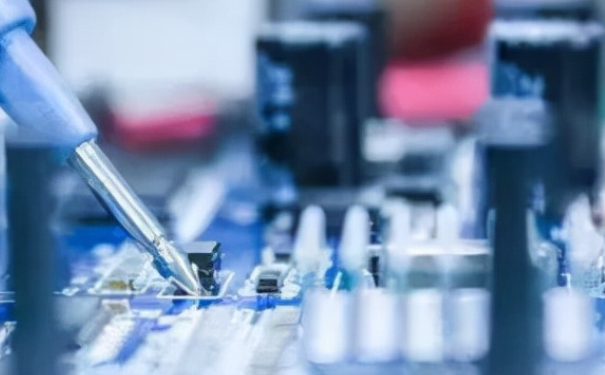Reasons for chip unsealing and the entire process
Date:2023-06-09 15:29:36 Views:3131
Chip unsealing refers to the removal of chip packaging materials (such as epoxy resin, silicone, aluminum foil, etc.) that are encapsulated on the outer layer of a chip, thereby exposing the internal structure and circuits of the chip. Chip unpacking is usually carried out for quality testing, failure analysis, recycling, and other purposes. This article will provide a detailed introduction to the reasons for chip unsealing and the entire process.
1、 Reasons for chip unsealing
Quality inspection: Opening a chip can enable inspectors to conduct more comprehensive and in-depth inspections of the chip's quality, ensuring that the chip meets specification requirements and can function normally.
Failure analysis: Chip unpacking can provide necessary information for failure analysis, such as observing internal damage and abnormal phenomena, diagnosing possible defects or faults in the chip, and guiding subsequent fault analysis and improvement work.
Recycling: Chip unsealing can provide possibilities for chip recycling, for example, by extracting useful components from the chip for recycling and reprocessing.

2、 The entire process of chip unpacking
Chip unpacking is mainly divided into the following four processes:
Preparation: Before opening the chip, it is necessary to prepare the chip, such as removing the packaging material from the outside of the chip, cleaning the surface of the chip, etc. The preparation work needs to ensure accuracy and standardization to avoid interference with the internal structure and electrical performance of the chip.
Opening: The opening process requires the use of specialized equipment and tools, such as cutting pens, heat pliers, desilication machines, etc. When opening, it is necessary to position and accurately control the chip to ensure that it does not damage the internal structure and circuits of the chip.
Observation: After opening the package, it is necessary to observe and analyze the interior of the chip through optical microscope, Scanning electron microscope, X-ray spectrometer and other equipment to obtain information about the chip, such as chip size, circuit structure, element composition, etc.
Sealing: After opening the seal, the chip needs to be resealed to protect the interior from external environmental influences and prevent quality loss. This process requires the use of specialized packaging materials and equipment, such as epoxy resin, silicone, lead-free soldering, etc.
In summary, chip unsealing is the process of removing the packaging material from the outer layer of the chip for quality inspection, failure analysis, recycling, and other purposes. Chip opening requires multiple processes such as preparation, opening, observation, and packaging, and requires the use of professional equipment and tools to ensure the accuracy and safety of the opening process. Our company has a team of professional engineers and industry elites, with three standardized laboratories covering an area of over 1800 square meters. We can undertake various testing projects such as electronic component testing and verification, IC authenticity identification, product design and material selection, failure analysis, functional testing, factory incoming material inspection, and tape weaving.




 Weixin Service
Weixin Service

 DouYin
DouYin
 KuaiShou
KuaiShou





















